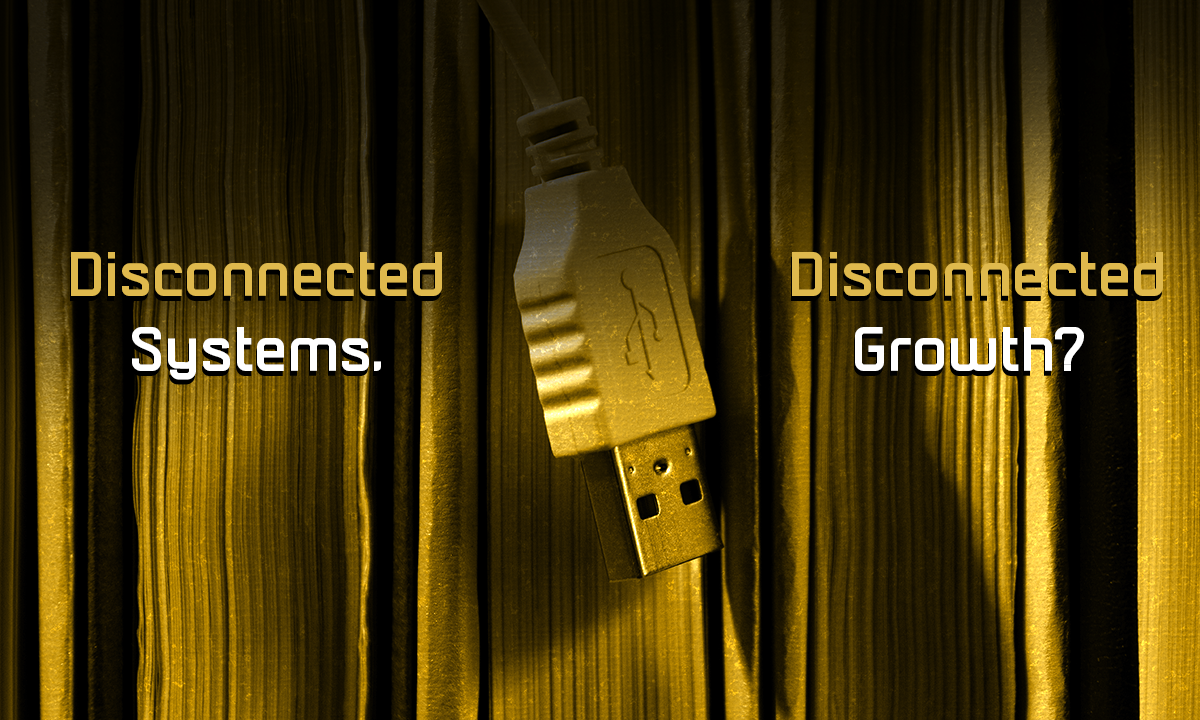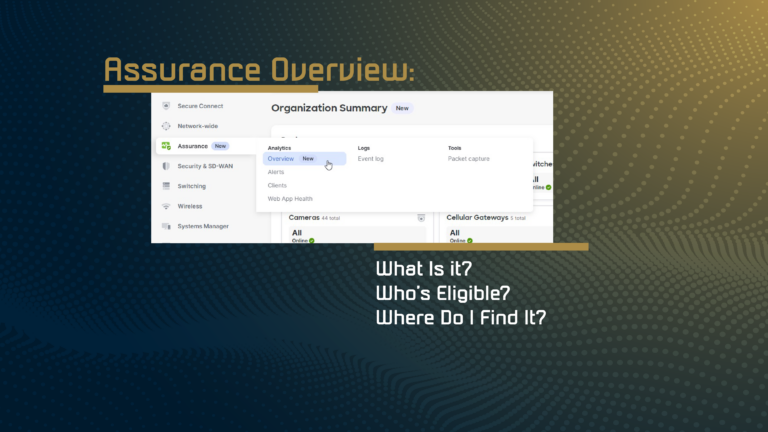What is Business Level Integration?
As organizations grow, isolated systems, fragmented data, and manual processes reduce efficiency, data exchange, decision-making, and customer satisfaction. Figure 1 show the impact of business growth.
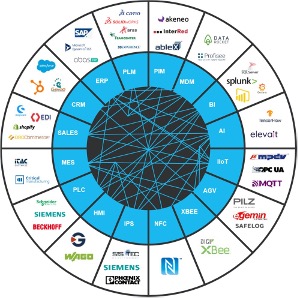
Figure 1: Impact of Business Growth
Business Integration Software (BIS) unifies systems, automates data flows, and streamlines processes across departments and partners. Implementing BIS boosts efficiency, agility, reduces costs, improves data accuracy, and supports digital transformation goals. Figure 2 illustrates the impact of BIS implementation.
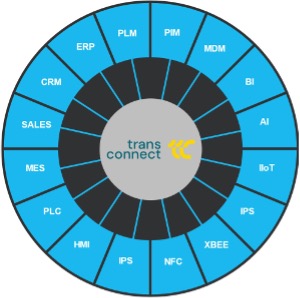
Figure 2: Impact of Business Integration Software
What is Business Integration Software (BIS)?
Enterprise Integration offers an Orchestration Layer that connects and conducts all communications between:
- ERP Systems (SAP, Microsoft D365, Oracle, …)
- Manufacturing Execution Systems, SCADA, PLCs (Siemens, Allen Bardley, B+R, Mitsubishi, …)
- HL7/FHIR devices (Siemens, Philips, GE, …)
- Clinical Systems (EHR, LIS, PACS, RIS, …)
- Financial Systems (MT940, 053, EBICS, SWIFTNet, proprietary APIs, …)
- Customer Relations Systems (CRM, …)
- Quality Assurance and Compliance Systems
- Multi-Site Full Integrations
Which Enterprises will benefit?
- Manufacturing Entities (effective roadmap to Industry 0)
- Health Care Institutions
- Financial Institutions
- Infra-Structure Service Providers (Power Companies, Water distribution Companies, …)
- Smart Cities / Urbanization developments
What is TRANSCONNECT?
With over two decades of experience, TRANSCONNECT provides a comprehensive solution for orchestrating communications across diverse disciplines and technologies. Figure 3 depicts the role of TRANSCONNECT within an enterprise environment. The advantages of TRANSCONNECT include:
- More than 900 fully tested connectors
- Capability to interface with “shop floor” devices (ModbusTCP, Siemens S7, CAN-Bus, RS485, RS232, .20 mA, etc.)
- Security and compliance
- Hybrid operations (On-premises / Cloud-based)
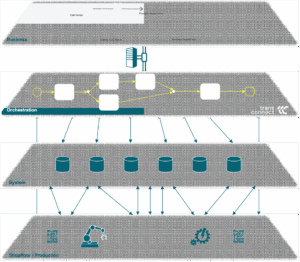
For more details, contact Crystal Networks
